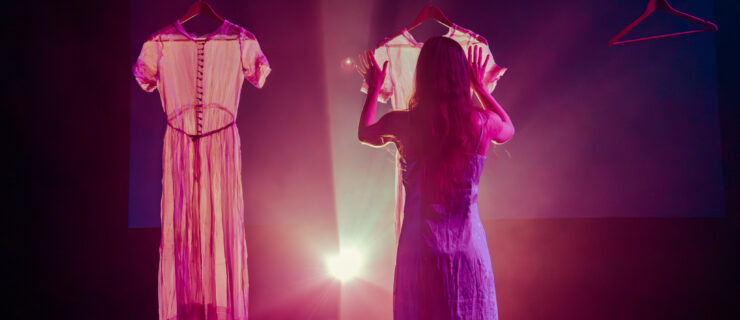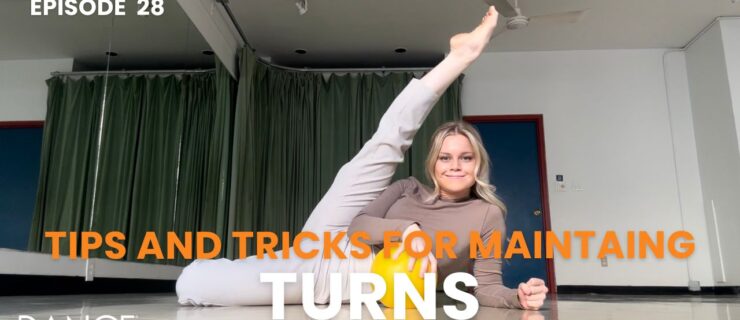Want to Become a Dance Photographer? Here’s How 4 Former Dancers Made the Leap
A dance career seems like it should be incompatible with a career in photography. One is defined by movement, the other by producing still snapshots. And yet, for some artists, the transition is natural.
“I knew what I was looking at through the lens the minute I started photographing,” says Kyle Froman, professional photographer and former member of New York City Ballet.
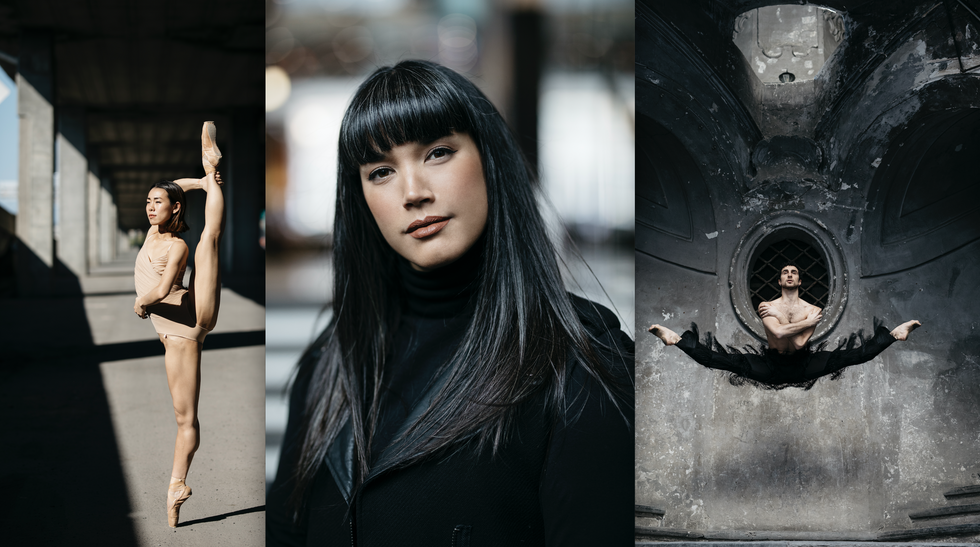
Courtesy Dez
What training is required?
There are many different ways to become a dance photographer, from degree courses to apprenticeships. After studying photography in school, Melika Dez worked as a photo assistant for fashion and portrait photographers in Montreal, but it was several years before she found herself photographing the urban dance scene, establishing her niche in movement photography.
Rachel Neville
discovered photography after a knee injury sidelined her dance career, and she went back to school, enrolling in a photography class for fun. “What was supposed to be an easy credit started an interest that grew slowly into an obsession,” says Neville. She ultimately matriculated at Humber College in Toronto to study photography further.
For Erin Baiano, her introduction to the craft was through a job with Paul Kolnik, longtime photographer for New York City Ballet. After years dancing in the corps at American Ballet Theatre, Baiano took an administrative job in Kolnik’s studio, receiving on-the-job training from the celebrated photographer while also studying photojournalism at the International Center of Photography.
Froman’s initial training came from the wings of the stage. “I began bringing a digital camera with me to work, keeping it by my side and pulling it out whenever I saw another picture,” he says. Eventually, he enrolled in weekend intensives at the International Center of Photography, squeezing courses in between his dancing schedule.
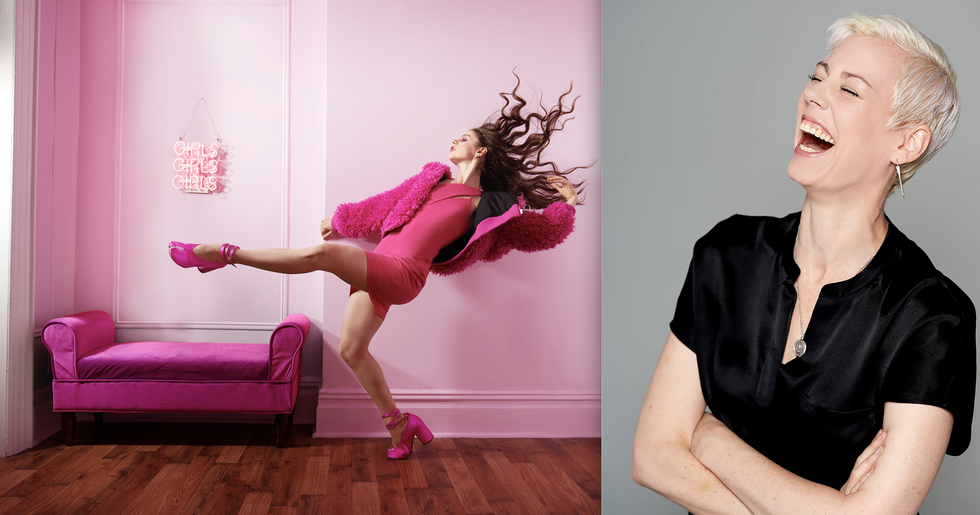
Courtesy Neville
How do you build a photography business?
Although there is no prescribed route to becoming a photographer, the stresses of the job are similar to that of a dancer. “You’re sending your portfolio to clients in the hopes that they hire you. You are constantly auditioning in order to get jobs,” says Dez.
Of course, hard work is nothing new for dancers. But photography is a much more independent career. “There’s a lot less guidance,” says Baiano. “When you’re in a company you’re constantly getting coached and corrected. I miss that because I’m not sure I’m progressing. Nobody says, ‘Great job,’ or ‘You could do this a bit better.'”
Dez credits social media with helping to launch her business while Neville believes surrounding yourself with a strong and supportive team is essential.
Success certainly doesn’t happen overnight, but often times, one thing builds upon another. Froman developed his portfolio while still dancing, which ultimately became In the Wings: Behind the Scenes at the New York City Ballet. After the book’s release, he conceived of another photoshoot for NYCB dancers in and around the David H. Koch Theater. The photographs were popular, and Vanity Fair profiled him shortly after the series was released. This led to opportunities with other magazines and a more diverse portfolio that includes beauty, fashion and street photography. “I knew it was important to broaden my skill set in order to find new work,” explains Froman.
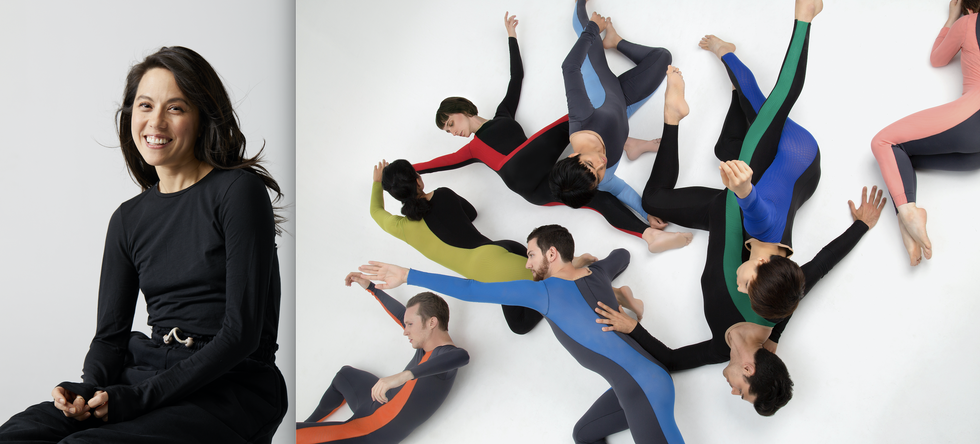
Courtesy Baiano
What is it like to work with dancers?
Some find it cathartic to be photographing instead of dancing. Instead of obsessing over mistakes or the minute issues of technique and placement, photographers are focused on finding beauty in the body’s movements. “Stepping away from dancing and not moving myself really helped me enjoy it more. I feel very lucky now that I get to admire it and put my own touch on it,” says Dez.
But there is also an immediate trust between dancer and photographer when a deep understanding of craft is shared. As Froman explains, dancers “knew I wouldn’t make them look bad because we shared the same visual goals.”
Neville makes sure she uses her knowledge to enhance the dancers, rather than diminish them. “I strive for every shoot to be confidence building for those I work with. Dancers, naturally hyper-critical human beings, see images of themselves that are not what they expect. Looking at movement in the mirror is very different from seeing yourself frozen in time.”
Although Baiano is thankful her dance background helps her anticipate when a moment she should capture is coming in performance, she also ponders the creative benefits of having more distance. “Sometimes I wonder if my eye would be different if I wasn’t so close to it. I try to keep my eyes fresh and approach it with a sense of wonder and a sense of newness,” she says.
Froman still draws inspiration from his first career. “Balanchine discouraged imitation among his dancers and swore each was unique…I carry that sentiment with me and try to be original as a photographer. That’s the challenge: to do work no one has seen before. It’s also the thrill!”
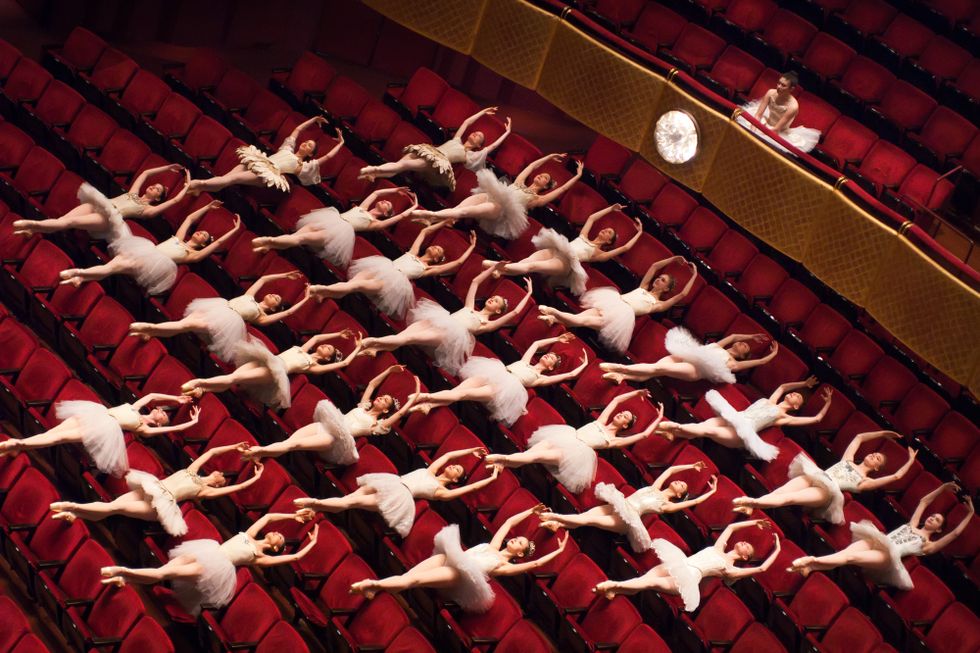
Courtesy Froman

